Pork Ribs vs. Beef Ribs: The Great BBQ Showdown – Which One Wins the Flavor Crown?
If you've ever found yourself staring at a menu, scratching your head over whether to order pork ribs or beef ribs, you're not alone. Both are barbecue royalty, but they wear their crowns differently.
This post will walk you through the key differences — from texture and flavor to cooking techniques and spice profiles — so you can pick your favorite like a pro. Whether you're a weekend griller or a seasoned pitmaster, this guide has got your back.
Table of Contents
- What Are Pork Ribs?
- What Are Beef Ribs?
- Head-to-Head Comparison
- Cooking Methods & Techniques
- Spice Blends That Shine on Each
- Buying Guide: How to Choose Like a Pro
- FAQs: Your Burning Questions Answered
- Conclusion
What Are Pork Ribs? A Crowd-Favorite Classic
Pork ribs come from the rib section of pigs and are one of the most popular cuts in barbecue culture. They’re known for their tender meat, rich marbling, and sweet, mild flavor that pairs perfectly with bold rubs and sauces.
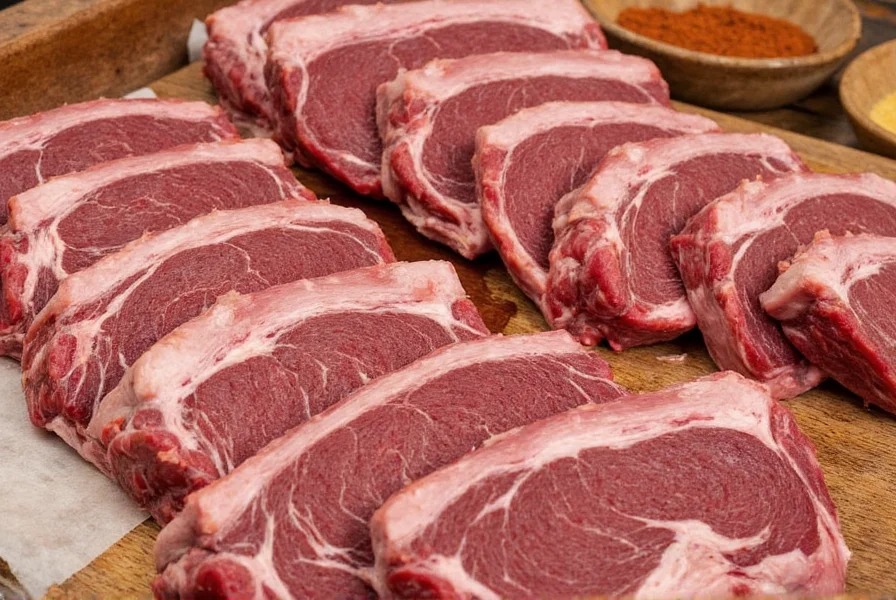
There are several types of pork ribs, including:
- Back Ribs – From the upper part of the pig, leaner and more tender.
- Spare Ribs – From the belly area, meatier and fattier.
- St. Louis Style – Trimmed spare ribs with a uniform shape, ideal for even cooking.
What Are Beef Ribs? The Bold and Buttery Option
Beef ribs come from the rib primal of cattle and are beloved for their deep, savory flavor and robust marbling. These are the kind of ribs that demand attention — thick, meaty, and dripping with umami.
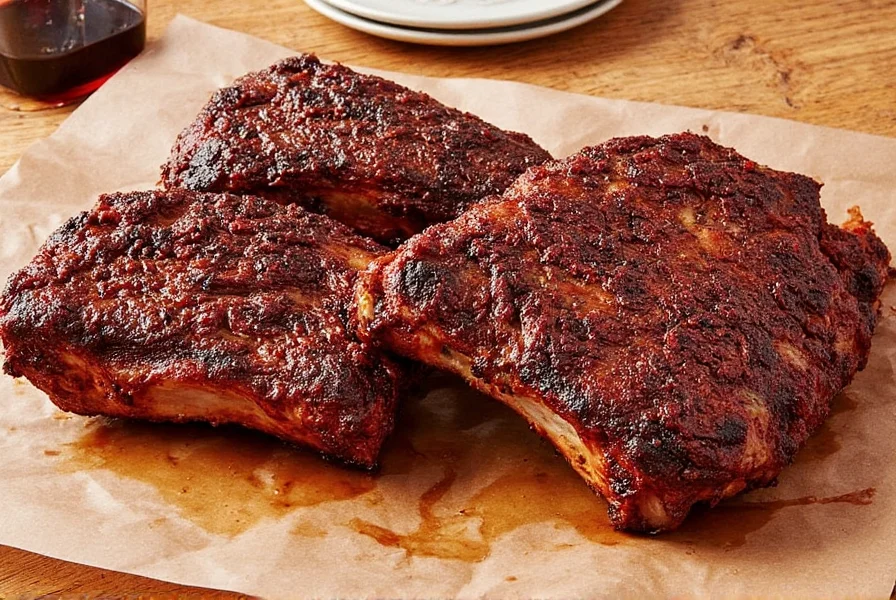
Popular cuts include:
- Back Ribs – Rare and tender, often reserved for high-end restaurants.
- Short Ribs – Found in Korean-style dishes and often braised.
- Plate Ribs (Flanken) – Commonly used in American and Asian cuisines, cut across the bone.
Head-to-Head Comparison: Pork Ribs vs. Beef Ribs
Let’s break down the core differences so you can make an informed choice next time you're firing up the smoker or shopping at the butcher counter.
| Feature | Pork Ribs | Beef Ribs |
|---|---|---|
| Flavor Profile | Mild, sweet, slightly fatty | Rich, savory, intensely beefy |
| Fat Content | Moderate to high | High, especially marbling |
| Texture | Tender, falls off the bone when cooked properly | Hearty, chewier, meatier bite |
| Cooking Time | 4–6 hours at low temps | 8–12 hours due to size and density |
| Best For | Weekend cookouts, beginners, sauce lovers | Special occasions, big groups, carnivores |
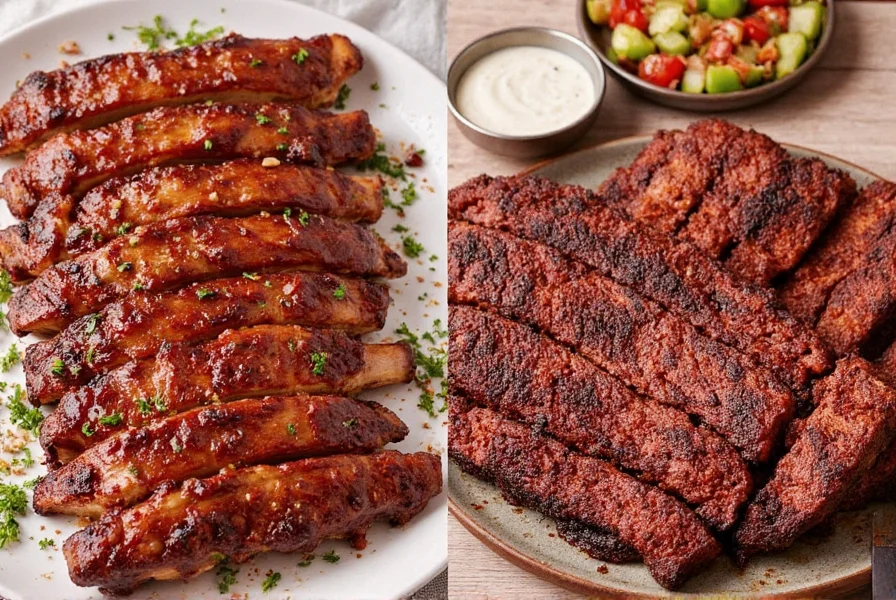
Cooking Methods & Techniques
Each type of rib has its own ideal way to be treated. Here’s how to bring out the best in both.
Pork Ribs: Low and Slow with Love
- Best cooked at 225°F using indirect heat (smoker or oven).
- Wrap in foil halfway through cooking (“Texas crutch”) to speed up tenderness.
- Glaze with sauce during the final 30 minutes for caramelized goodness.
Beef Ribs: The Long Game
- Need longer cook times — aim for 8–12 hours at 225°F.
- Some chefs inject with butter or beef broth to enhance juiciness.
- Rest for at least 30 minutes before slicing to allow juices to redistribute.
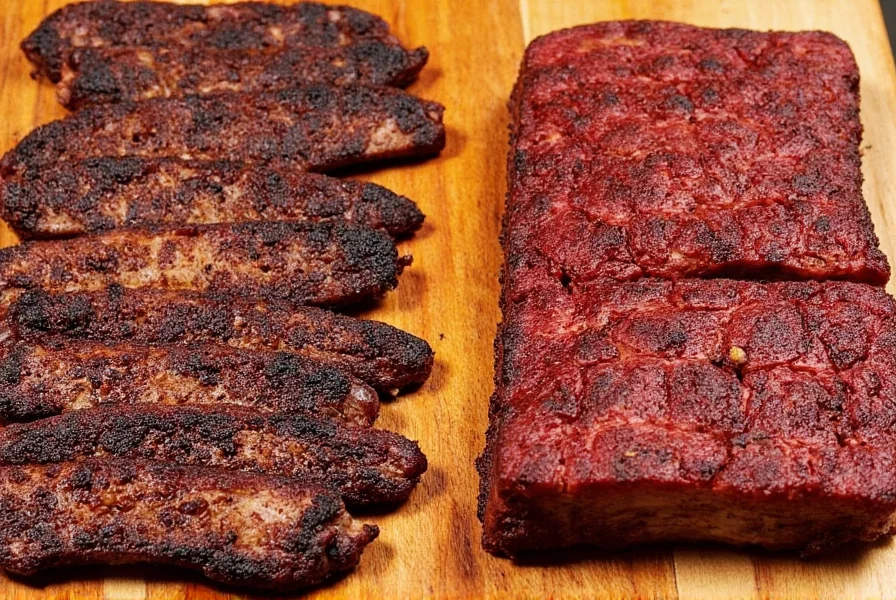
Spice Blends That Shine on Each
The right spice blend can turn a good rack into a great one. Let’s explore what works best for each type of rib.
Pork Rib Rubs: Sweet Meets Smoky
- Brown sugar
- Garlic powder
- Onion powder
- Paprika
- Black pepper
- Chili powder (for a kick)
A popular choice is our “Sweet Heat Master Blend”:
- ⅓ cup brown sugar
- 1 tbsp paprika
- 1 tbsp chili powder
- 1 tsp garlic powder
- 1 tsp onion powder
- ½ tsp black pepper
Beef Rib Rubs: Bold and Earthy
- Coffee grounds
- Mustard powder
- Smoked paprika
- Coriander
- Cracked black pepper
- Sea salt
Try our top-selling blend: “Umami Bomb Rub”:
- ¼ cup coarse sea salt
- 2 tbsp smoked paprika
- 1 tbsp ground coffee
- 1 tbsp mustard powder
- 1 tsp coriander
- 1 tsp cracked black pepper

Buying Guide: How to Choose Like a Pro
Not all racks are created equal. Here's what to look for whether you're at a grocery store, butcher shop, or ordering online.
For Pork Ribs
- Freshness: Look for pinkish-red color; avoid grayish hues.
- Marbling: Should have visible fat lines for moisture.
- Size: Aim for 2–3 lb racks per person if feeding a group.
- Trim: St. Louis style is easiest to cook evenly.
For Beef Ribs
- Fat Cap: Should have a thick fat layer for flavor and moisture.
- Color: Bright red meat with white marbling.
- Thickness: At least 2 inches thick for optimal cooking results.
- Source: Grass-fed and dry-aged options offer deeper flavor.
Top Picks for Ready-Made Options
- “BBQ Champions’ All-Natural Pork Ribs”
- Features:
- All-natural, no antibiotics
- Perfectly trimmed St. Louis style
- Use Case:
- Beginners, backyard smokers, families
- “Butcher Block Prime Beef Ribs”
- Features:
- Dry-aged, USDA Prime grade
- Generous fat cap
- Use Case:
- Big events, steak lovers, specialty chefs
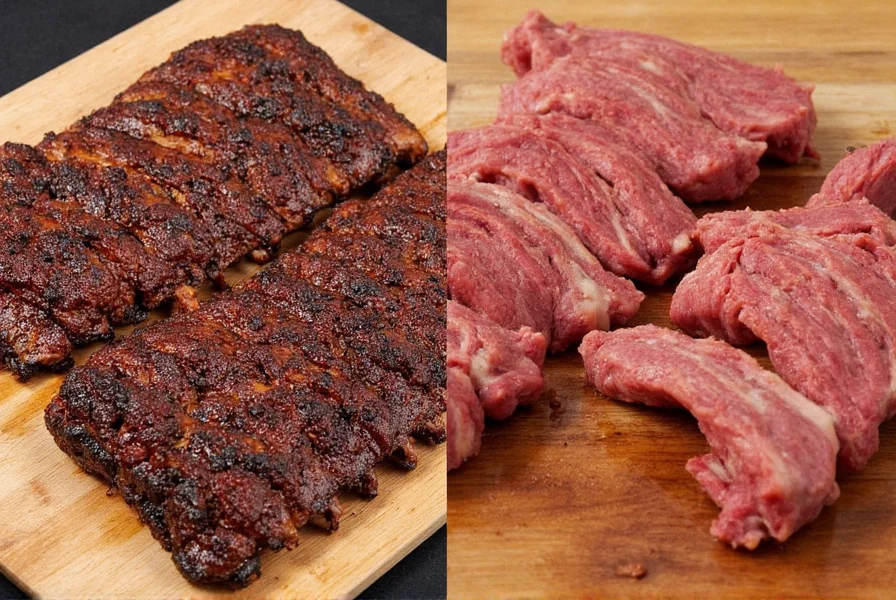
FAQs: Your Burning Questions Answered
Can I substitute pork ribs for beef ribs in recipes?
Yes, but expect different textures and flavors. Adjust spices and cooking time accordingly.
Which ribs are healthier?
Pork ribs generally have less saturated fat than beef ribs, but both are nutrient-dense sources of protein.
Do I need a smoker to cook ribs?
No! You can use an oven, slow cooker, or even pressure cooker, though a smoker gives the best authentic flavor.
How do I know when ribs are done?
They should bend easily when lifted with tongs and feel tender but not mushy.
Conclusion
So, which side of the fence are you on? Pork ribs bring the sweetness and tenderness that’s perfect for family gatherings and quick prep sessions. Beef ribs are for those who crave bold flavor, hearty bites, and don’t mind waiting a little longer for the payoff.
Whether you're smoking them for a backyard party or just curious about the difference, now you’ve got the tools and knowledge to choose wisely. Remember: there’s no wrong answer — only delicious ones.
So go ahead, fire up that grill, grab your favorite rub, and let the battle of the ribs begin!
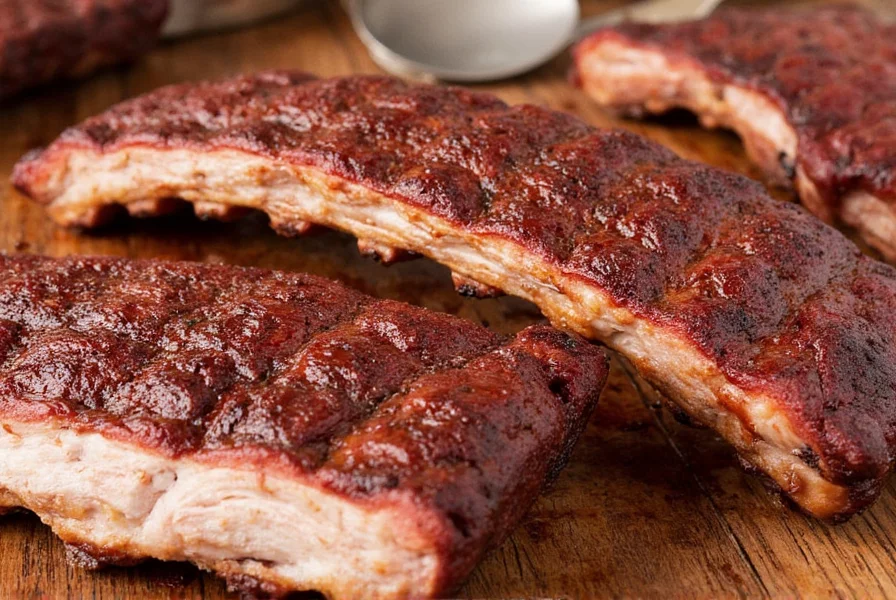

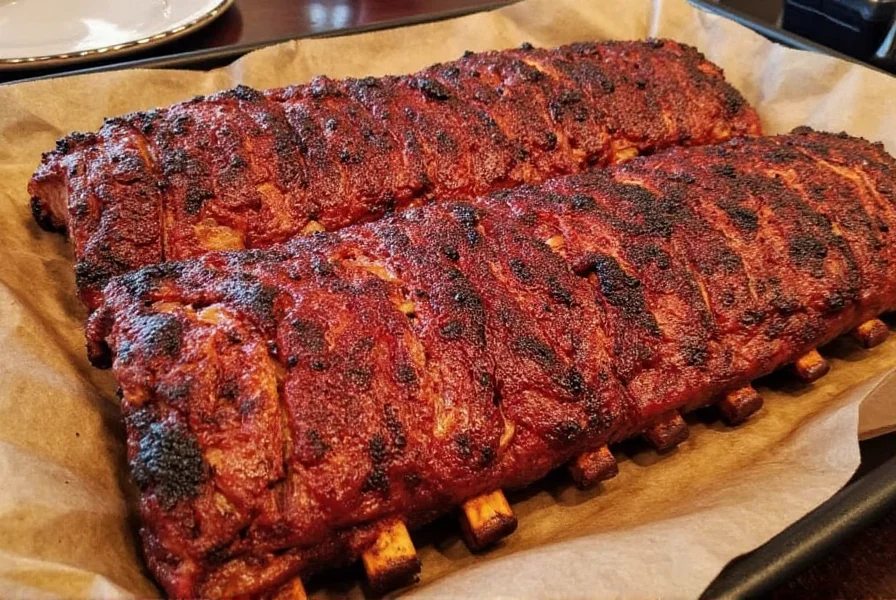









 浙公网安备
33010002000092号
浙公网安备
33010002000092号 浙B2-20120091-4
浙B2-20120091-4